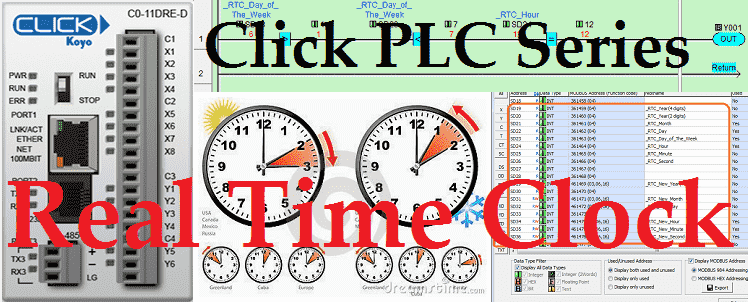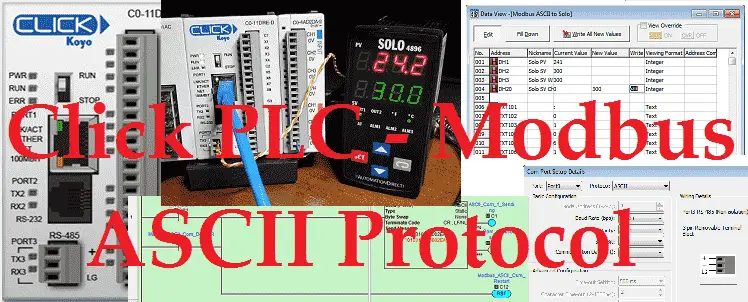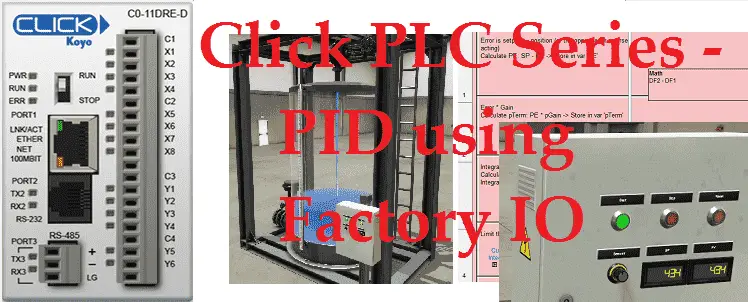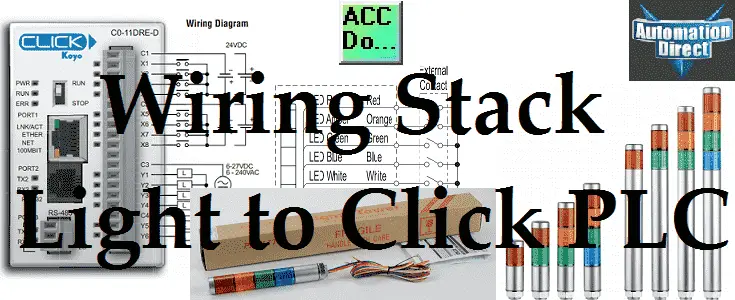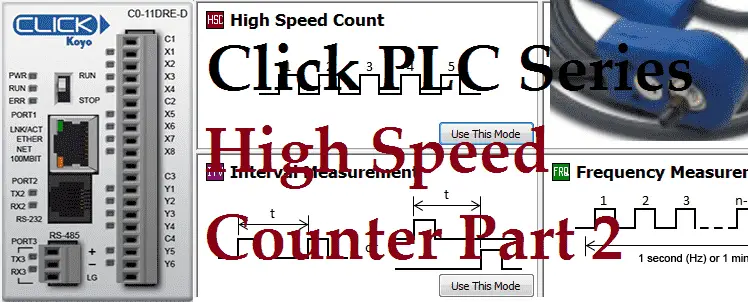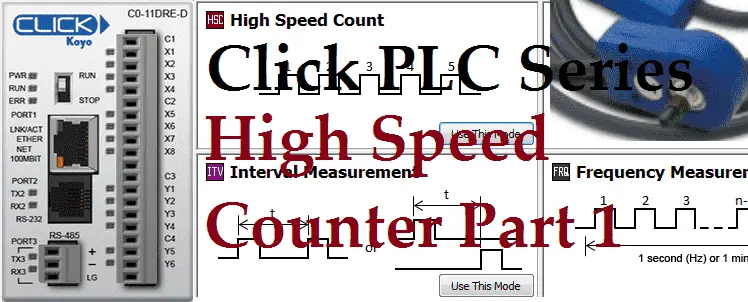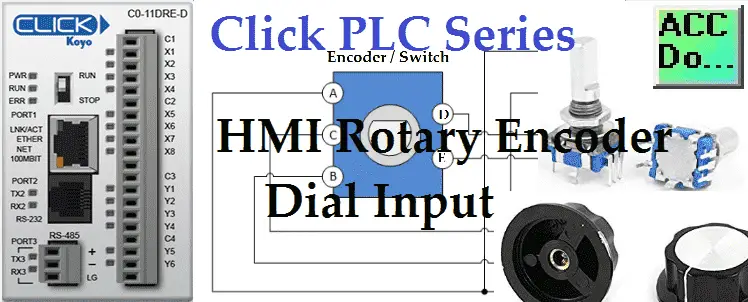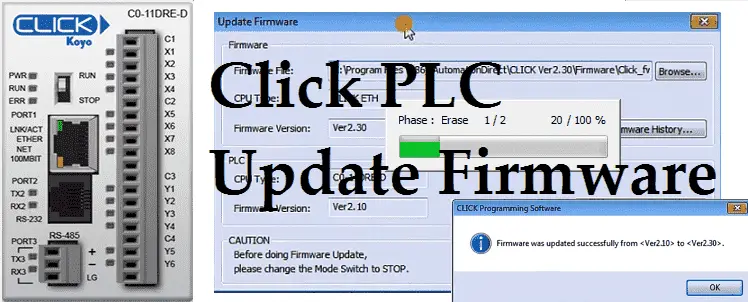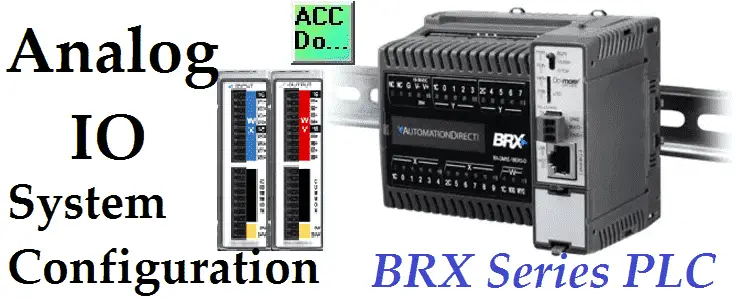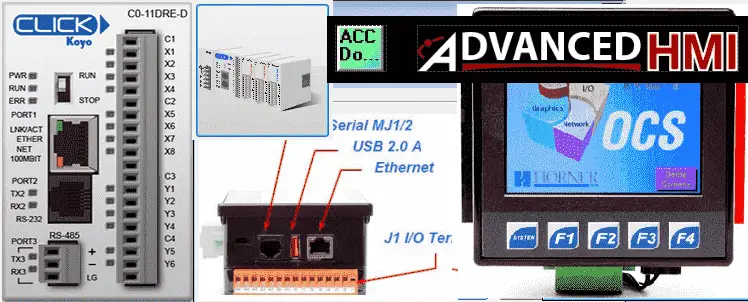Control Your Click PLC by Time – Real-Time Clock Magic!
The click plc has a real-time clock that will allow us to control outputs based on a date or time of day. This real-time clock (RTC) can be set from the click programming software or through the program of the controller. Our programs in the click can use the following calendar and clock values: SD19 … Read more

